The content of the article
Common duckweed is the most interesting representative of the passerine squad. According to the genus-like classification, it belongs to the family of the finch, which establishes the conditional relationship of the bird with such widespread and well-known birds such as bullfinch, greenfinchs, goldfinches, as well as finches and even canaries. The places of distribution of dubos are quite extensive. They live even in the most remote parts of the European continent, although at first glance they resemble exotic birds. The reason for such thoughts may be the secrecy of individuals and their habit of settling away from human settlements.
At the same time, representatives of this species are difficult to meet, for example, in the United Kingdom or Scandinavian countries.Very few populations live on the shores of the Mediterranean Sea. In turn, a huge number of birds of this species live in the warm edges of Spain and Bulgaria, not bypassing or rather not flying around Central Europe, the beloved by many Crimean peninsula and the wonderful Caucasus. The Asian part of the continent is also populated by weavers. In particular, birds can be found in northern Iran, Afghanistan, Japan and eastern China.
Oaks are migratory birds, because they are forced to replace the severity of the northern regions with favorable for wintering southern latitudes. In areas where seasonality is weakly expressed, oak-noses prefer sedentaryness to the nomadic way of life.
What does a bird look like?
Let us turn to the features of bird plumage. The color of males differs in brightness from the fading of females. The back and abdomen, which create a general background, are colored light brown. Sometimes the plumage of an individual has a reddish tint. The neck of the bird is marked with a bright spot, resembling a small tie. The lower part of the head is marked with light plumage. Contrasting black stripes connect the eyes of the bird and its beak. Such "strokes" are present on the plumage of the wings. In addition, the wings are decorated with a composition of several stripes of white, brown and blue colors. The back of the grouse is usually covered with white feathers. Often the plumage of females has additional decorative elements, in the role of which transverse strips adorn the head of the bird.
Bird Breeding Features
The mating season of the oak ducks begins as soon as signs of spring begin to appear, although singing birds of this species are often found in the winter months.However, real liveliness among populations occurs in April. The month of May is the best time for the construction of the nest by representatives of this species of birds. Work on its creation lasts a long time, because it is a very laborious bird craft. Ornithologists fix 1 month as the average duration of this period. The nests of goose-beetles, like other representatives of the genus of goldfinches, are placed on medium and high trees. Their shape resembles a slightly friable and rather deep bowl, the radius and height of which reaches approximately 100 millimeters. The material for the manufacture of the nest are twigs, twigs and roots. Usually the frame or the outer part of the nest is woven from a large and durable material, then inside it is lined with grass, leaves, horsehair or moss.
In the nest created at the end of May, the female ganad lays eggs, the number of which varies from 3 to 5 pieces. The color of eggs is non-uniform, it is a light background on which dark specks and curls of brown or purple color are located. For the entire summer period, the bird produces only one clutch.The female is mainly engaged in the incubation of the future offspring for 14 days. During this period, the male takes over the business of providing the female individual with food, and also closely monitors its safety.
After the birth, the chicks remain in the nest for 13-16 days. Both the female and the male are looking for food for the newly born offspring. It is interesting that the first days of chicks are fed exclusively by insects. Such a diet is caused by the need of a growing organism in a large amount of protein. Only after the initial stage of feeding, the parents of the oak-tree trees bring plant food to the nest. By early August, the chicks become the most independent. In September, the nesting birds leave the area where they stayed throughout the spring and most of the summer.
The average lifespan of the oak ducks in their natural habitat amounts to 4-5 years. There are facts showing the ability of representatives of this species to live for 14 years.
How do birds behave?
The first impression that develops in anyone watching the oak ducks characterizes the birds as phlegmatic and even partly lazy.It is immediately worth noting that it is a strong delusion and is explained by the ability of the birds of this species to sit motionless for a long time. Oak flies are flying rapidly, but prefer to overcome short distances both in groups and individually. At the time of the flight, they catch insects. An adult can rise to a height of 250 meters.
The oak ducks are distinguished by good acumen. The secrecy of the birds' lifestyle is determined by their preference for living and nests deep in the treetops. The birds descend to the ground at the moment of searching for food or the appearance of the need to quench their thirst. However, even in these cases they do not fly away from the trees.
Usually the birds feed on the bones of the berries. So, the most favorite delicacy of birds is the bones of the cherry. Their weevon splits easily with its large beak. In addition, the bird eats sprouts and buds of young trees in the spring, as well as insects that are abundant in bark and foliage in summer.
Where do birds live?
The distribution range of birds is limited to a longitudinal strip in Eurasia, originating from the islands on which the UK is located, to Alaska.During the flight, the birds travel to Morocco and Algeria. Some populations have found suitable habitats in Northern Africa.
For nesting prefer mixed forests, where they live secretly, climbing deep into the crowns of trees. Central Europe - the place of the widest distribution of this species of birds.
Dubonos is a pet
There are documented cases of catching gannets by people for home keeping. They are rare, but deserve special attention. The reason why the bird probably attracted people's attention is its attractive appearance. Domestic oak trees live in a cage. According to the necessary conditions for a comfortable life, this bird is not considered fastidious. Within 3-4 weeks after catching, the birds behave cautiously, but later it is easily tamed.
The cage for the bird should be large and spacious. When choosing a material for manufacturing a “dwelling”, the choice should definitely fall on the metal or, in extreme cases, allow the combination of metal with other materials, since the strong beak of the bird easily bites through the wooden rods.
To create the necessary living conditions for a bird in a cage, it is worthwhile to place not only a feeding trough and a drinker with water, but also a tank for bathing birds (popularly called “kupalka”). As noted earlier, reflections on the phlegmatic temperament of the bird are a fallacy. Make sure to experience this will help the toy, which can be placed in a cage.
Pay attention to the diet, which must be maintained by any caring owner. Thus, the seeds of such plants as sunflower, oats or hemp are perfect for eating tannery. To the liking of the birds will have a pea pod or tree seeds: alder, linden, ash. Pine nuts will be an exquisite treat for the bird.
Interesting Facts
- The populations of weasers do not spread towards the northeastern parts of the globe. This explains the absence of grouse in Denmark, Norway or Sweden.
- Having to do with songbirds, the goosebird is not distinguished by beautiful and melodious trills. His singing is reminiscent of rattling chirping and crackling.
- The belonging of an individual to the floor influences the size of the bird, therefore females of grouses look more miniature.
Video: common weevil (Coccothraustes coccothraustes)


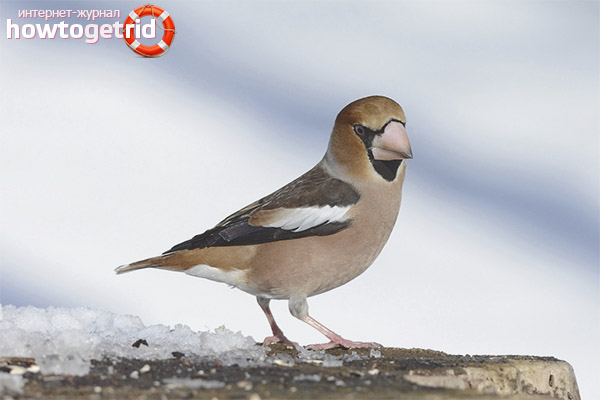
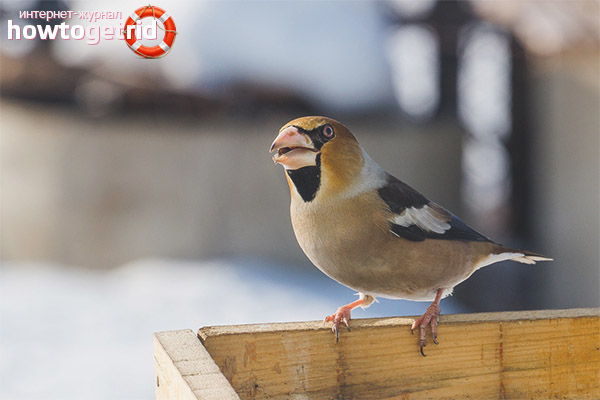
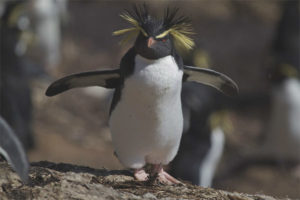
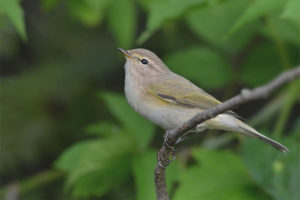
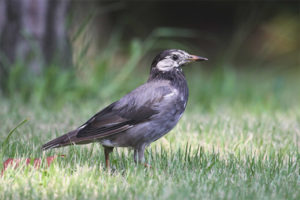
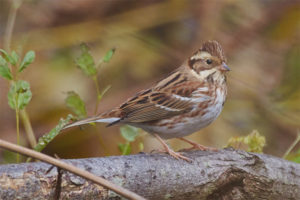
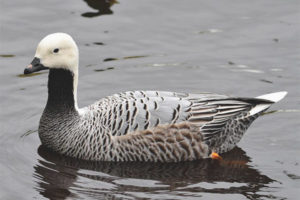
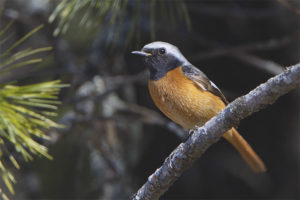
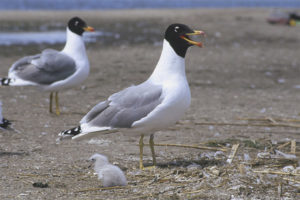
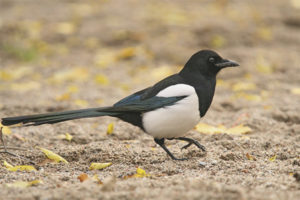
To send